Losing Leila: Honoring Life and Grief
On July 22, I had to say goodbye to my precious 12½-year-old pup, Leila. I can’t begin to put into words the special spirit Leila was and what she meant to me. But in the weeks since, I’ve found comfort in a few practices, perspectives, and resources in my toolbox. I share those tools in Tending to Grief: How to Abandon Self-Abandonment in the Face of Grief, in hopes they provide support for anyone who needs it. This article is about Leila, what I learned from her, and why it’s important to me to write about grief.
Who Leila was and what she taught me
I met Leila when she was three, and it was love at first sight. She had the real-life Cinderella story. Found with her siblings in a dumpster when she was just weeks old, Leila was placed in a shelter and rescued by her first humans soon after. She spent her puppyhood on the beaches of San Diego with her first family — one in which we became dear friends with when we met them (and Leila) in Switzerland. When her family faced another move, we had the opportunity to adopt her.
Leila saw us through so many lives, from our expat years in Switzerland, then Spain, and finally to California in 2018 where we’ve settled. Leila had a magical ability to embody spunk alongside a serene contentment in simply being. She was a joyful, present, and stabilizing force for me through many peaks and valleys.
As adults, we forget how to play. Leila gave me the outlet and inspiration to do just that. Whether it was hide-and-seek in the house, exploring a new trail, or taking a road trip, she was always up for an adventure, trusting in me and the flow of new experiences. She also embraced comfort and security. She’d seek out the plushest rug and follow the warm sunspots around the house. But mostly, she was our shadow.
She just wanted to be with her humans, following us from the closet to the shower to the kitchen to the office. Leila was always eager for couch time, often in search of a chin rest, and quick to jump into our bed at night when the wind or a fly spooked her.
Leila was also the wisest zen master I know. She intuitively understood how to settle herself with a big sigh and a quiet rest. With a special sereneness about her, Leila encouraged me to be curious and content in the present moment. There were countless times we would sit on a rock in the Marin Headlands in Sausalito, at the water’s edge, or on a picnic blanket and listen, watch, and wait. Scanning the horizon with her big brown eyes and directing her floppy ears toward the faintest of sounds, she showed me how to commune with nature and tune into my surroundings just a little bit more.
Why I want to write about grief
As we faced uncertainty through Leila’s cancer treatment this past year, I began to experience ambiguous loss or living grief. That grief has taken a different path now that Leila is gone.
It’s important to me to write about grief — especially in the context of my work. When we seek appropriate outlets to acknowledge, express, release, and honor what we’re going through, we’ll be less likely to experience repressed pain and turn to food, alcohol, a toxic relationship, busyness, or something else to mask it.
Grief is a shared human experience, and we encounter it in many forms over a lifetime. We typically reserve the word grief for when we lose somebody. But several other forms of grief show up for my clients as they seek to understand why and how their food struggles developed. Sometimes they find themselves reckoning with body grief, which I wrote about here. Other times they feel a loss and longing for the acceptance, attunement, recognition, nurturing, or validation they did not receive in childhood. And still other times, they feel a deep sadness for their younger self who struggled in isolation, desperately needing the perspective and support they’re grateful to have now.
Whether your experience is similar to my clients’, or you’ve lost a pet or loved one, navigating grief in any form can be a bumpy ride. But those bumps are unnecessarily exaggerated in a society that encourages us to plaster on a “I’m fine” façade and bypass the pain by nodding along to common loss-related platitudes like, “she’s in a better place” or “everything happens for a reason.”
People-pleasing and perfectionistic tendencies — or an uneasiness with vulnerability — coupled with other people’s relatively low tolerance to see and hear how we’re really doing push our emotions underground. As a result, we’re left feeling isolated and ill-equipped to navigate all that grief brings.
In my article, Tending to Grief: How to Abandon Self-Abandonment in the Face of Grief, I explore eight ways to nurture grief, along with several book and podcast resources, for anyone who needs the support and guidance.





